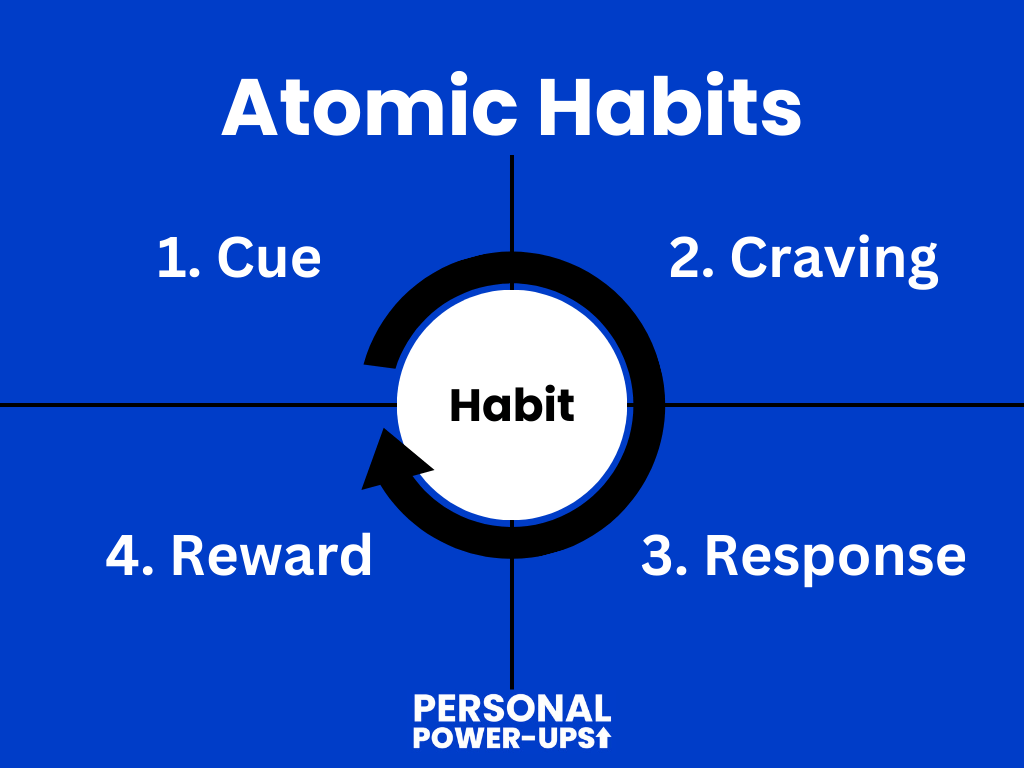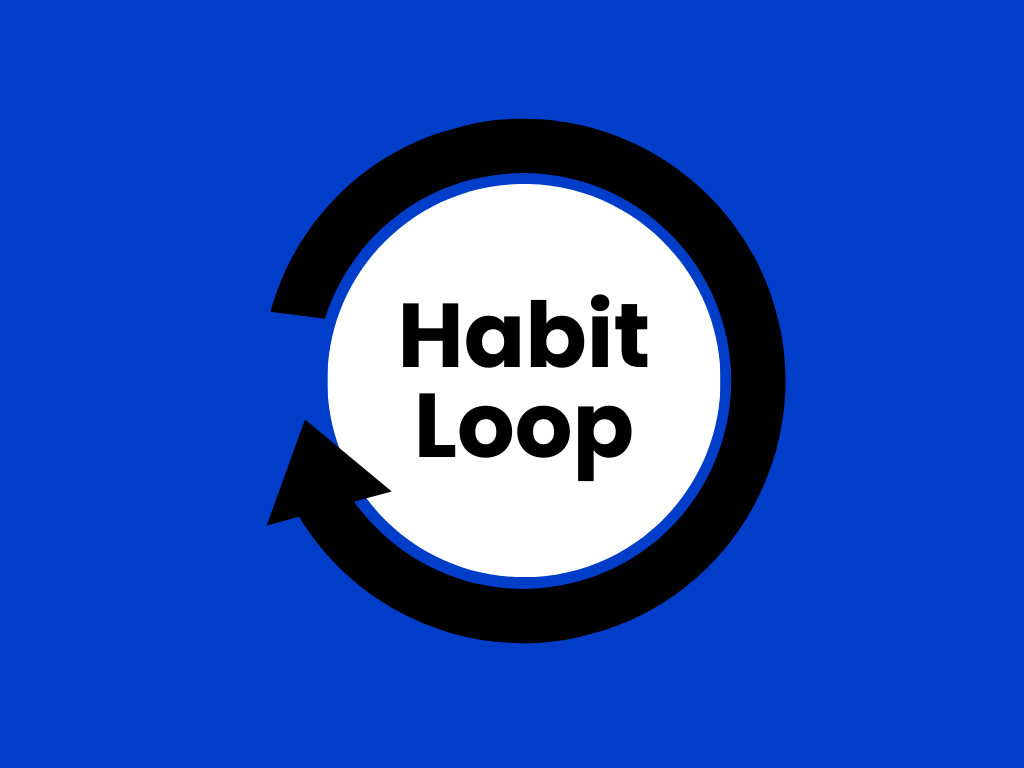Ever feel like you’re stuck in a cycle of bad habits? You’re not alone. But here’s the good news: understanding the habit loop can help you break free and build the habits you want. James Clear’s book, Atomic Habits, dives deep into this concept, offering simple yet powerful insights to transform your life. Let’s break it down.
In This Power-Up
What Is the Habit Loop from Atomic Habits?
The habit loop consists of four parts: cue, craving, response, and reward. These steps repeat every time you perform a habit, whether it’s something as simple as brushing your teeth or as complex as managing stress.
Cue: This is the trigger that starts the habit. It could be anything—a time of day, an emotion, a location, or a specific event. The cue grabs your attention and signals your brain to start the habit.
Craving: After the cue comes the craving. This is the desire or motivation that pushes you to act. You don’t crave the habit itself, but the change it promises. For instance, you don’t crave brushing your teeth; you crave the clean feeling afterward.
Response: The response is the action you take—the habit itself. Depending on your motivation and ability, you either follow through or don’t. This is the actual behavior that occurs.
Reward: The reward is the payoff for your action. It’s what makes you want to repeat the habit in the future. Rewards satisfy your craving and reinforce the loop, making the habit stronger over time.

How Can I Use the Habit Loop to Improve My Habits?
Improving your habits starts with understanding how the habit loop from Atomic Habits works and then intentionally tweaking each part to serve your goals. Here’s how you can do it:
Cue: Make it Obvious
Take a close look at what triggers your habits. If you’re trying to build a new habit, set up cues that are obvious and hard to miss. For example, if you want to start exercising in the morning, lay out your workout clothes the night before. This visual cue will prompt you to take action. On the flip side, if you’re trying to break a bad habit, make the cue less visible or harder to encounter. If you want to cut down on snacking, keep unhealthy snacks out of sight.
Craving: Make it Attractive
Cravings drive your habits, so link the habit you want to build with a strong desire. Find a way to make the new habit satisfying. For example, if you’re trying to read more, choose books you’re genuinely excited about, or pair reading with a relaxing activity like sipping your favorite tea. The more you look forward to the outcome, the more likely you are to stick with the habit.
Response: Make it Easy
Make your desired habit easy to do. If a habit feels complicated or time-consuming, you’ll be less likely to follow through. Start with small, manageable steps. If you want to eat healthier, begin by adding one fruit or vegetable to your daily meals rather than overhauling your entire diet. The simpler the habit, the easier it is to repeat. The 20-Second Rule and 5-Minute Rule can be particularly helpful.
Reward: Make it Satisfying
Consistently rewarding yourself for completing a habit reinforces the loop and strengthens the habit. Rewards don’t have to be big or material. It could be as simple as acknowledging your progress or enjoying a moment of relaxation after completing your habit. Over time, your brain will associate the habit with positive feelings, making it more automatic.
▼ Ad




